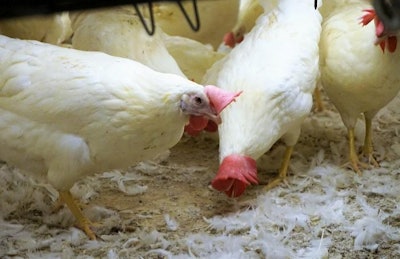
Faced with so many announcements from Latin American companies – Bimbo, Alsea, Toks, Compass Group, CMS - which will change their egg supply to those produced by cage-free hens, I wonder where these many cage-free eggs will come from, particularly in Mexico. Today, there is no supply of cage-free eggs to stock up.
I think that both the activists and the companies buying the eggs have not analyzed this provision upstream in the supply chain from various angles. Have they thought about what it takes for a hen to produce what it does now in a completely different environment? No.
Will egg producers invest in cage-free systems?
Let’s now ask egg producers: Are you willing to invest in new cage-free production systems? So far, it has not been publicly known in Latin America if large companies are going to do it or not, or what plans they have about it. For those who do not know, Mexico has companies that have as many millions of hens as an entire country can have. It will cost a lot of money and effort to reconvert even a part of these production systems.
On the other hand, there is the unwillingness of the authorities to regulate this transition. No one knows for sure what we mean by "cage-free hens." Are we talking about enriched cages? Many consumers think that hens will be freely roaming in the field and, what is worse, that this has no implications on avian health, egg safety, cost of production or cost on the supermarket shelves and other points of sale.
Part of the responsibility of this change is that the industry breaks the silence in which it finds itself now. To let consumers know what the industry does and what advantages there are in the product that it produces and delivers to the consumer today.
Activists are doing a good job. In Latin America, they focus on Mexico, because they know the Mexican market, the enormous amount of hens Mexico has in production (152 million) and the potential impact in a country with 120 million people consuming 120 million eggs a day.
I question the effectiveness of these campaigns or how far they will reach. Will it stop at the restaurant level? Will consumers endure a classic huevos rancheros breakfast at say, twice, the cost in a restaurant? Or worse, will consumers want to buy eggs in the supermarket at a higher price? As I said earlier, only the market will tell. What do you think?


















